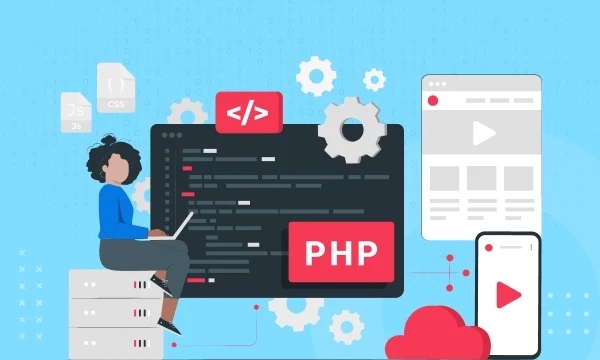Introduction:
PHP (Hypertext Preprocessor) is a widely used server-side scripting language that is specifically designed for web development. It was created by Rasmus Lerdorf in 1994 and has since evolved into a powerful and versatile tool for building dynamic websites and web applications. In this article, we will delve into the features and applications of the PHP language, shedding light on why it remains a popular choice among developers worldwide.
Understanding PHP:
PHP is an open-source language, which means it is free to use and its source code can be modified according to specific requirements. It is predominantly used for server-side scripting, where the PHP code resides on the web server and is executed on the server side before the resulting HTML is sent to the client's browser.
Features of PHP:
1. Easy to Learn and Use:
PHP has a straightforward syntax that is similar to C and Java, making it easy for developers to grasp and write code quickly. Its simplicity allows beginners to start coding with relative ease.
2. Platform Independence:
PHP is platform-independent, meaning it can run on various operating systems such as Windows, Linux, macOS, and more. This flexibility makes it highly accessible and adaptable for different environments.
3. Extensive Database Support:
PHP provides excellent support for various databases, including MySQL, PostgreSQL, Oracle, and SQLite. It offers robust database connectivity options, making it seamless to retrieve, store, and manipulate data.
4. Wide Community Support:
PHP has a vast and active community of developers who contribute to its continuous improvement. This community offers extensive documentation, forums, and libraries, allowing developers to find solutions to their coding challenges quickly.
Applications of PHP:
1. Web Development:
PHP is primarily used for web development to create dynamic web pages, manage form data, authenticate users, and interact with databases. PHP is used to create well-known content management systems like WordPress, Drupal, and Joomla.
2. E-commerce Solutions:
PHP, in combination with frameworks like Magento and WooCommerce, is widely employed in developing e-commerce websites. Its ability to handle secure transactions and integrate with payment gateways makes it an ideal choice for online stores.
3. Server-Side Scripting:
PHP's server-side scripting capabilities make it suitable for tasks such as file handling, server authentication, and generating dynamic content based on user inputs. It enhances the interactivity and responsiveness of web applications.
4. Command-Line Scripting:
Apart from web development, PHP can also be used for command-line scripting, enabling developers to automate tasks, perform system administration, and process data efficiently.
Conclusion:
PHP has emerged as a robust and versatile programming language for web development due to its ease of use, extensive database support, and wide community. Its applications span from creating dynamic websites and e-commerce platforms to server-side scripting and command-line automation. As the internet continues to evolve, PHP remains a reliable choice for developers seeking to build powerful and interactive web solutions. Whether you are a beginner or an experienced developer, PHP provides a solid foundation for creating engaging online experiences.



